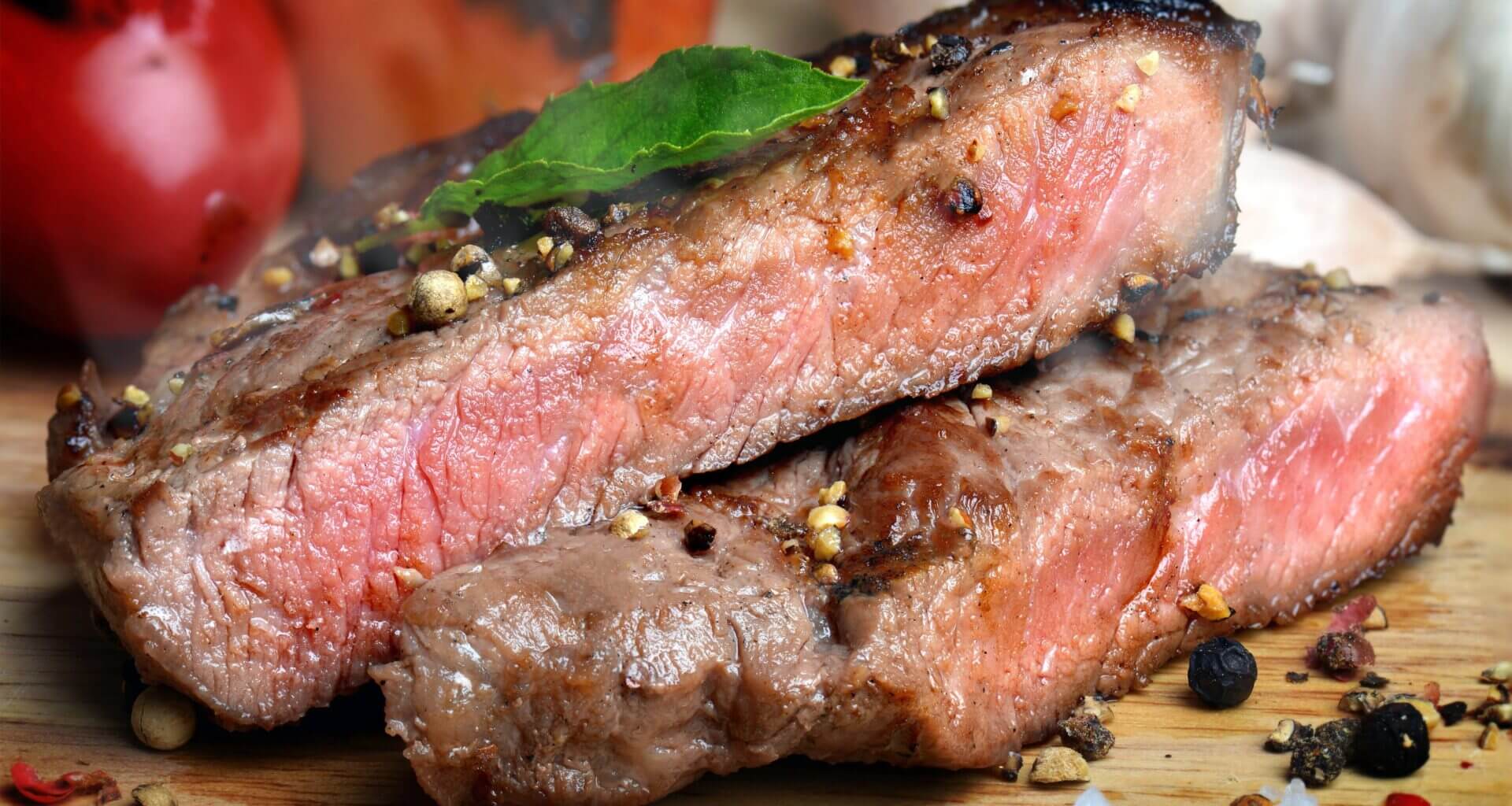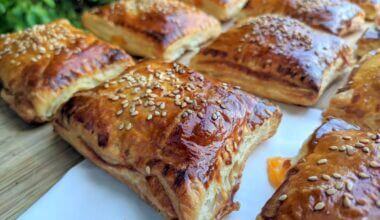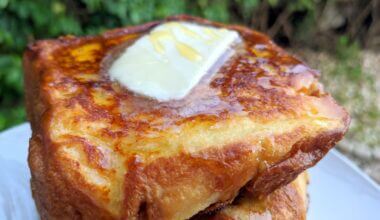Sometimes I see people using or talking about these four cooking techniques as if they’re practically the same thing, but they’re really not! In fact, many times they can be used in the same recipe preparation, but they’re still different techniques used to prepare often very different ingredients. So let’s get into it!
These are all dry-heat cooking methods, meaning they don’t involve liquid like braising or poaching, but the way heat is applied and where it comes from makes all the difference in the world. Understanding these differences will not only make you a better cook but also help you choose the right method for the right ingredient.
Just like I’ve explained before with other cooking techniques, the terminology sometimes gets mixed up, people use regional variations, throw in some foreign terms, and before you know it… hmm, this isn’t actually grilling! ;D So nothing like examining these terms from time to time and maybe clarifying some points, im also at fault from sometimes confusing one thing or another hehehe.
The Differences Between Broiling, Grilling, Baking, and Roasting
Broiling
Broiling is a cooking method that uses intense heat from above, typically in your oven with the broiler function. The heat source is usually an electric element or gas flame located at the top of the oven, and it produces direct, radiant heat that can reach temperatures of 500-550°F (260-285°C).
This method is perfect for quickly cooking thinner cuts of meat, fish fillets, or vegetables that need a nice caramelized surface, also its common to caramelize surfaces or dishes that are already cooked, so you just want to cook the cheese or bread crumbs on the top. The food is typically placed on a broiler pan or rack, positioned close to the heat source, and cooked for just a few minutes on each side. Think of it as upside-down grilling – you get that same intense, direct heat but from above instead of below.
The key characteristic of broiling is speed and surface browning. You’re looking for a beautifully caramelized exterior while keeping the interior tender and juicy. Classic examples include broiled salmon, lamb chops, or even finishing off a casserole with a golden-brown cheese topping.
Grilling
Grilling involves cooking food over direct heat from below, whether that’s charcoal, gas flames, or electric elements. The temperature can vary widely depending on what you’re cooking, from around 250°F (120°C) for low and slow barbecue to 500°F+ (260°C+) for searing steaks.
What makes grilling special is not just the heat from below, but also the smokiness that comes from fat and juices dripping onto the heat source and creating flavorful smoke that infuses the food. Those beautiful grill marks aren’t just for show, they’re areas of intense caramelization that add incredible flavor.
Grilling is ideal for foods that benefit from that smoky char and don’t need long cooking times, think burgers, steaks, chicken pieces, vegetables, and even fruits. The direct heat creates that coveted crust while keeping the interior moist. It’s worth noting that outdoor grilling on charcoal or gas gives you flavors that you simply can’t replicate indoors.
Baking
Baking uses indirect, dry heat in an enclosed environment, your oven, typically at moderate temperatures ranging from 300-450°F (150-230°C). The heat comes from elements at the bottom and sometimes top of the oven, but it circulates around the food rather than hitting it directly.
This method is perfect for foods that need gentle, even cooking and often benefit from the steam created by their own moisture. Baking is the go-to method for breads, puddings, cakes, cookies, casseroles, and fish dishes wrapped in parchment or foil.
The beauty of baking lies in its consistency and control. You can set a temperature and time and expect predictable results. The enclosed environment also means flavors concentrate and meld together, which is why baked dishes often have such complex, developed tastes.
Roasting
Roasting is technically a form of baking, but it deserves its own category because of how it’s used. Roasting typically involves higher temperatures, usually 400-500°F (200-260°C), and is used for larger pieces of meat, whole poultry, or vegetables that benefit from caramelization.
The key difference is that roasted foods are usually cooked uncovered, allowing moisture to evaporate from the surface and creating that beautiful, caramelized exterior we all love. Think of a perfectly roasted chicken with crispy skin, or root vegetables with those gorgeous caramelized edges.
Roasting often starts at a high temperature to create that initial sear and browning, then the temperature might be reduced to finish cooking the interior. This method is ideal for tougher cuts of meat that benefit from longer cooking times and for vegetables that you want to concentrate their flavors.
When to Use Each Method
Use Broiling When: You want quick cooking with intense surface browning. Perfect for thin fish fillets, finishing cheese toppings, or cooking delicate items that would fall through grill grates.
Use Grilling When: You want that smoky, charred flavor and beautiful grill marks. Ideal for steaks, burgers, vegetables, and anything that benefits from that outdoor cooking taste.
Use Baking When: You need gentle, even cooking in an enclosed environment. Essential for baked goods, casseroles, and delicate fish preparations.
Use Roasting When: You’re cooking larger pieces that need both surface browning and thorough interior cooking. Perfect for whole chickens, roasts, and vegetables you want to caramelize.
A Personal Note
These methods aren’t just different ways of applying heat, they create completely different flavors and textures! A grilled steak tastes nothing like a broiled one, even if they’re cooked to the same doneness. The smokiness from grilling, the intense top-down heat of broiling, the gentle circulation of baking, and the high-heat caramelization of roasting all create unique results.
And here’s something interesting, you can often combine these methods in one dish! Start by roasting a chicken at high heat to get that crispy skin, then finish under the broiler for extra browning. Or grill vegetables to get some char, then finish them in the oven if they need more cooking time.
The important thing is understanding that each method has its strengths, and choosing the right one for what you’re trying to achieve. Don’t just default to one method for everything, experiment! Try broiling that fish instead of baking it next time, or roast those vegetables at high heat instead of steaming them. You might be surprised at how much difference the cooking method makes.
And there you have it! I hope you’ve enjoyed learning about these different cooking methods. As always, if you have questions or want to share your favorite way to cook something, feel free to let me know. Until next time!








